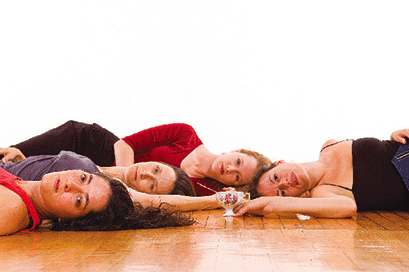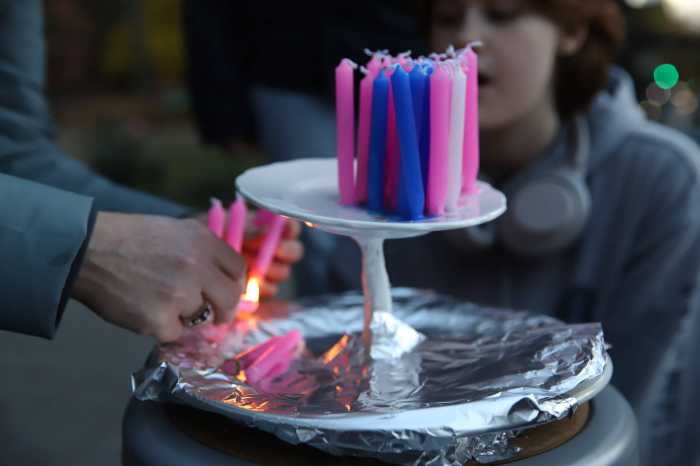Barnard and WAX join forces to champion women choreographers
It’s a man’s world. Even in dance, where women make up the vast majority of the community, men rule. Janis Brenner’s Gender Project proved it, conducting a study that showed by numbers the imbalance in terms of ratio of support for male and female choreographers.
“It was exhausting work,” says Mary Cochran, chair of The Barnard College Department of Dance. “And it was focusing on negative impacts.” So Cochran and producer Marisa Beatty from Williamsburg Arts NeXus (WAX) got together and came up with the idea for Sugar Salon, a project designed to create new opportunities for women making dances. The college, which has had success with its partnerships with Dance Theater Workshop, has given the project every resource it has available.
Beatty and Cochran, along with co-curators and independent choreographers Tami Stronach and Kate Weare, devised this groundbreaking series to commission, mentor, and present outstanding work by women choreographers. One established choreographer was chosen—MacArthur genius Susan Marshall—to both create a new work and to advise the other three participants, women at varying stages of their career, selected on the basis of auditions. All four were given the resources to create and present a new work for their own companies or dancers, including a two-month rehearsal residency, a creative stipend, and work-in-progress showings. Subsequent to the performances, the choreographers will have an opportunity to create a work for Barnard students under an adjunct faculty contract, in spring 2007.
The mentoring focused on things ranging from process to resource sharing, enhanced self-promotion and long-term planning, and even adapting choreography to the different stage dimensions to create maximum visual depth.
The inaugural performances of Sugar Salon will provide a unique glimpse at the work of four women who are all at the forefront in the field. Susan Marshall & Company, Yanira Castro + Company, Ivy Baldwin Dance, and Israeli choreographer Dana Ruttenberg will all present world premieres. The women and their work were not selected on the basis of any common aesthetic or style; the program is meant to represent a multi-generational program of original female choreographic voices. The latter, a recent graduate of Barnard is lesser known to New York audiences, but Marshall, Castro, and Baldwin are all prominent choreographers who have created and performed outstanding, inventive works.
How much of a difference will this make? For Cochran it’s already happening.
“We’re doing it with spit this time—we’ve used our resources creatively. It’s inspiring for the students here to see us taking some leadership on the issue. People respond well to good news. Even the brushes they have in the halls with these choreographers creates excitement, echo.”
This echo or ripple effect is no happenstance, but part of the intelligent design of the project, which incorporates as much on the job training for being a relevant choreographer in New York City as it does reinforce the pillars historical matriarchy in American modern dance. In September, Cochran offered a lunchtime lecture and performance on “Feminism in Motion” as part of Sugar Salon, talking to the project’s aims to raise public awareness of gender inequity in modern dance, and to it’s objective to create career-building opportunities for women.
Far more than just another showcase, Sugar Salon is intended to educate and empower women in the field through action. The audience benefits from this collective are prime, and it’s easy to imagine a myriad of other combinations that would have equal oomph. There were 61 applicants this time around, with a call for submissions put out in the usual channels. Next round don’t be surprised if that number doubles or more. It may be a while before the glass ceiling gets completely shattered; but I’ve seen Elizabeth Streb’s “Break Thru,” and know action is what matters most.
gaycitynews.com




































